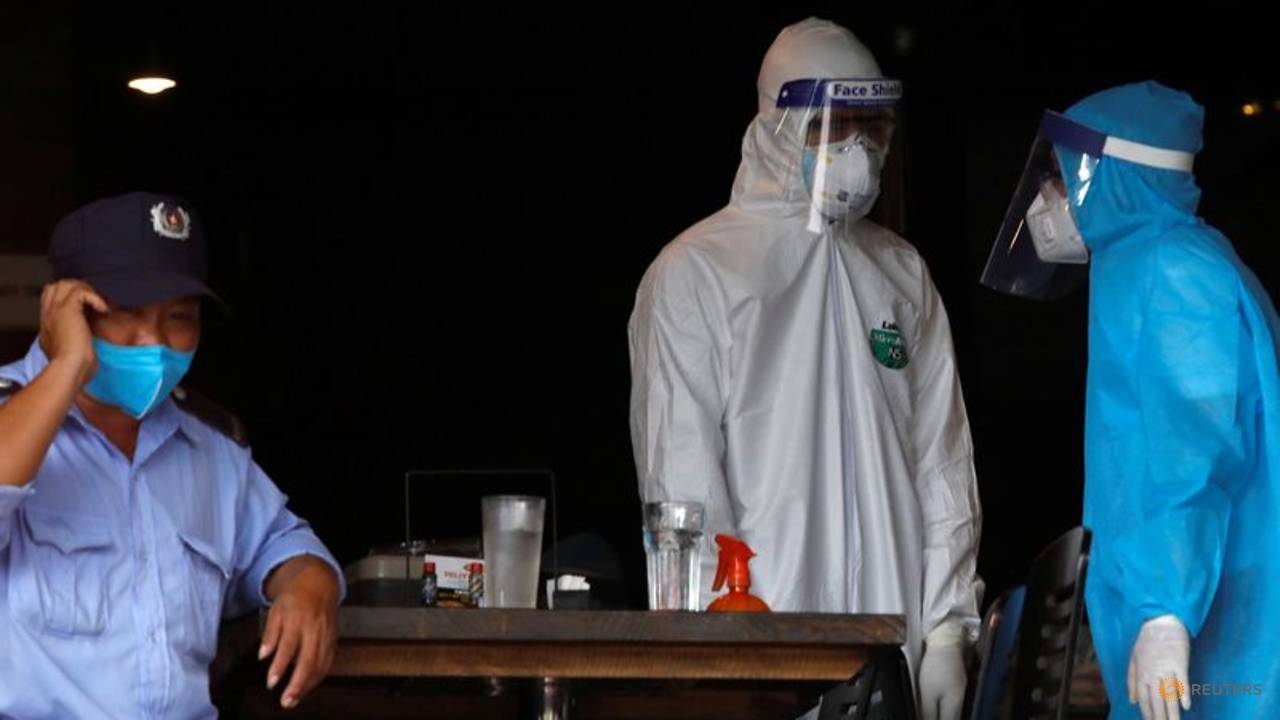Eric and Matt could not be more earnest in their quest to feed the world.
These two fresh-faced LA boys founded Local Roots four years ago. Their first purchases were broken-down, 40-foot shipping containers—this is apparently easy to do, since it is cheaper for shipping companies to just churn out new ones rather than fix broken ones. Local Roots then upcycles them into modular, shippable, customizable farms, each of which can grow as much produce as five acres of farmland. The idea is to supplement, not supplant, outdoor agriculture. And Ars got a look at one of these "farms" when it was set up in New York City recently.
Every aspect of the TerraFarm, as the repurposed shipping containers have been dubbed, has been designed and optimized. The gently pulsing LED lights are purplish—apparently, that’s what lettuce likes—and the solution in which the plants are grown is clean and clear. The "farm" is bright and vibrant, and it smells great in there.
This environment came about because Local Roots consulted a lot of experts. It employs horticulturalists, mechanical, electrical, and environmental engineers, software and AI developers, and data and nutrition scientists. The company does this to ensure that the growing conditions and produce are always optimal—both for the plants' growth and their nutritional content.
TerraFarms use no pesticides, herbicides, or fertilizers—they don’t have to. This means they generate no toxic runoff, and the produce fits most definitions of organic food. They use 99-percent less water and obviously much less land than outdoor farms. Since the farms are indoors, they are not subject to the vagaries of weather, be it the extreme temperatures, storms, and droughts brought on by climate change or the more mundane conditions of heat, cold, or dryness that exist outside of LA.
They can be moved anywhere—desert, tundra, underground, and even Mars, as both Eric and Matt pointed out independently of each other. Wherever the TerraFarms are, their conditions will be constantly monitored by the experts back at HQ in Vernon, California, just outside of downtown LA, where Local Roots recently built a huge new facility.
The difference two weeks makes
Most of the crops that we grow today have been bred for the stability of the final product, whether a fruit or leaf or root. This way, the produce can last for the two weeks it takes to truck it from where it's grown (California, for example, which produces more food than any other state) to wherever it's headed. But TerraFarms is intended to reside and be staffed near distribution centers for major retailers, never further than 50 miles from the consumers eating the produce. So most of that same two-week period will elapse while the produce is in your fridge.
Regardless of their location, TerraFarms will provide people with fresh, local, organic produce all year long. Local Roots thus seems to have managed to attain both the benefits of small organic farms—i.e., fresh, local produce—while keeping the benefits of large, industrialized agriculture, like technical expertise and centralized distribution.
Local Roots already provides food to SpaceX, Tender Greens, and Mendocino Farms, and the United Nations World Food Programme has just purchased TerraFarms to provide produce to developing areas of the world; although the Food Programme supplies essentials like rice and beans, about two million people still suffer from micronutrient deficiencies which other produce can alleviate.
A solution like this in a developing economy doesn't seem to make much sense on the surface. But the company is now claiming that it has achieved cost parity with traditional, outdoor farming. It's the first in the indoor/urban/vertical farming model to have done so, possibly because the shipping containers allow them to generate more farmland more quickly and more cheaply than can be done in a warehouse or other indoor systems.
Thus far, Local Roots has concentrated on growing greens—lettuces and some herbs. Since these are highly perishable, they benefit the most from being grown locally and getting to consumers quickly. But in principle, each TerraFarm can be customized to grown anything, anywhere. Which might be a very good thing, as climate change is not going to be good for the coffee crop.
The post Local Roots: Farm-in-a-box coming to a distribution center near you appeared first on News Wire Now.











